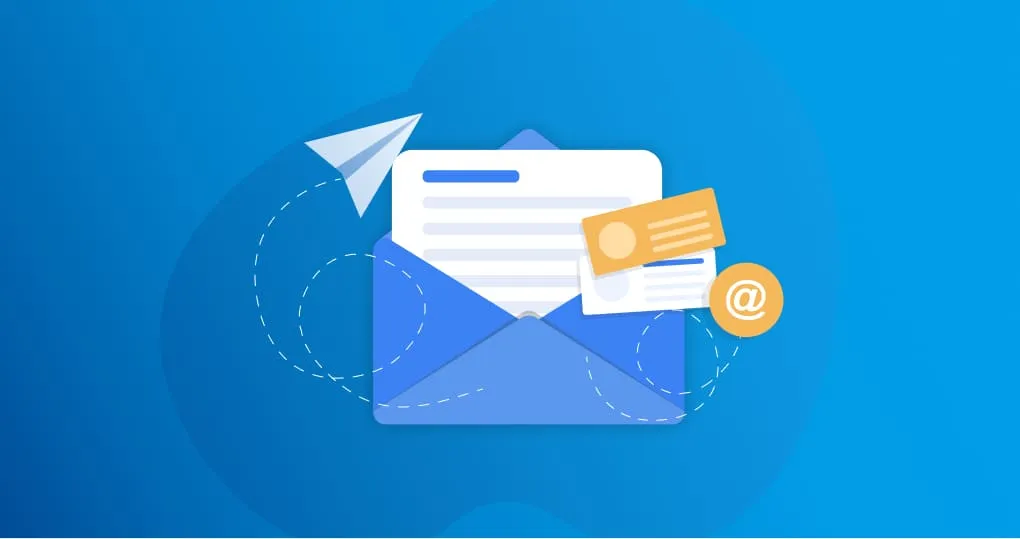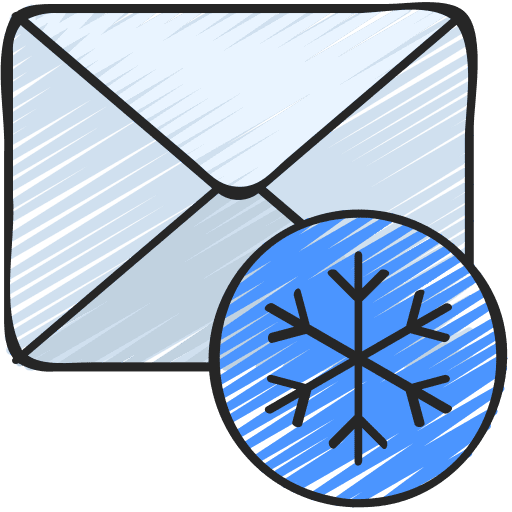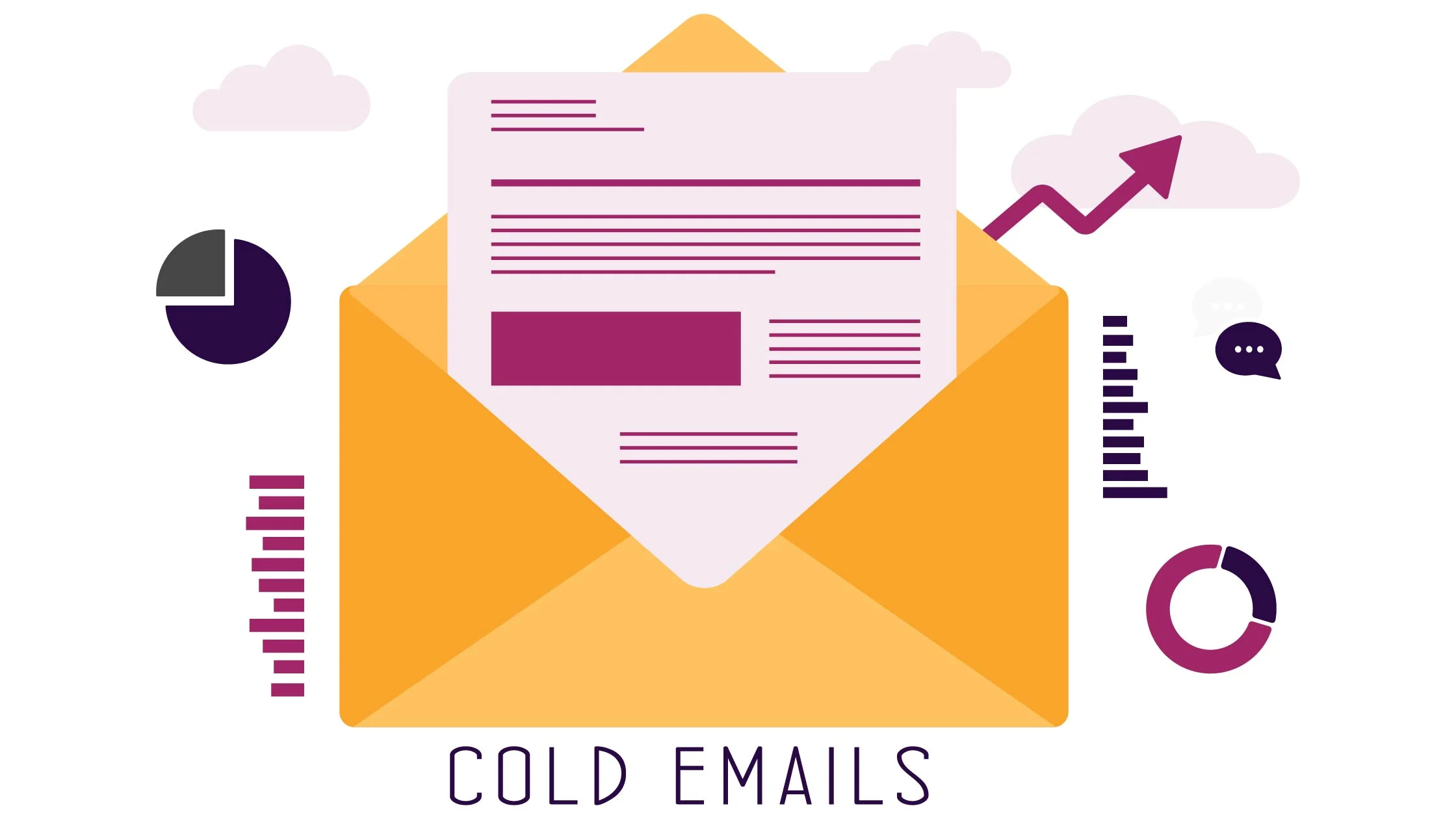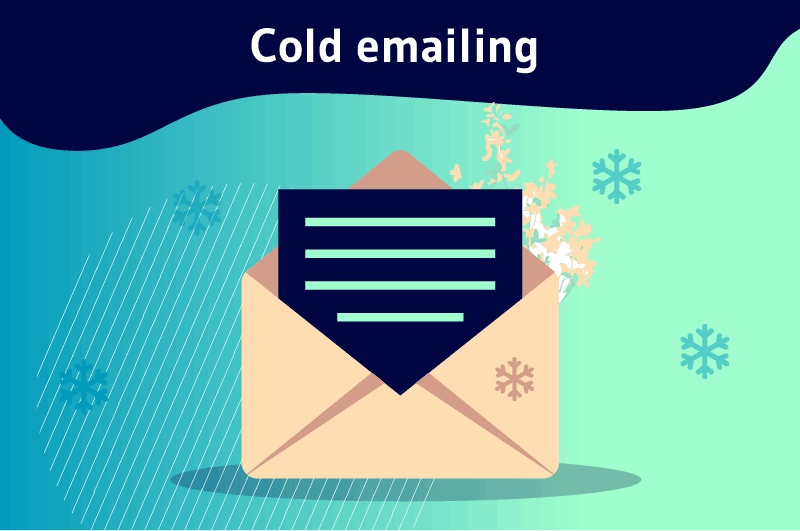Hey there! Ever feel like you’re shouting into the void when trying to reach new clients or partners? Don’t worry, I’ve got you covered! Cold emailing might seem intimidating, but trust me, it’s a powerful tool for unlocking amazing opportunities. Think of it as striking up a conversation, but instead of a crowded bar, it’s their inbox. With the right approach, you can craft messages that resonate and pique interest. Explore various cold email outreach strategies to ensure your message stands out and captures attention. Remember, the key is to personalize your outreach and provide value to your potential connections.
This isn’t about spamming random addresses; it’s about crafting targeted, personalized messages that genuinely connect with your audience. I’m going to walk you through each step of the process, turning you into a cold emailing pro!
Why Cold Emailing is Your Secret Weapon for Explosive Growth
Before we dive into the nitty-gritty, let’s talk about why cold emailing is such a game changer.
- Cost-Effective Reach: You can connect with a wide audience without breaking the bank.
- Testing Ground: Experiment with different messages to see what really resonates with your target market.
- Personalized Touch: Stand out from generic blasts by tailoring your emails for maximum impact.
- Relationship Builder: Open doors to exciting partnerships and collaborations.
- Conversion Powerhouse: With smart follow-up, turn those cold leads into loyal customers.
Think of it as planting seeds. Each email is a chance to spark interest and cultivate relationships that blossom into long-term success.

Craft Emails that Convert Like Crazy: The Anatomy of a Killer Cold Email
Now, let’s get down to business and dissect the components of a high-converting cold email.
1. Research Your Audience Like a Detective: Uncover Their Hidden Desires
Before you even think about writing, put on your detective hat! You need to understand your target audience inside and out.
- Industry Insights: What are the major trends and challenges in their field?
- Job Titles: Who are the decision-makers and influencers you need to reach?
- Pain Points: What keeps them up at night? What problems are they struggling to solve?
- Interests: What are their passions and hobbies?
The more you know, the better you can tailor your message to resonate with their needs and aspirations.
Here are some powerful tools to help you in your investigation:
- LinkedIn: A treasure trove of professional information.
- Industry Publications: Stay up-to-date on the latest developments and insights.
- Company Websites: Learn about their values, mission, and recent news.
- Social Media: Uncover their interests and engagement patterns.
2. Personalization is King: Ditch the Generic Templates!
Remember those mass emails that feel like they were sent to a million people? Yeah, let’s not do that. Personalization is key to standing out in a crowded inbox.
Here’s how to inject personality into your emails:
- Name Game: Go beyond just using their first name. Mention their company, job title, or a recent accomplishment.
- Shared Interests: Connect on a personal level by referencing a mutual connection, industry event, or hobby.
- Pain Point Focus: Demonstrate that you understand their specific challenges and offer tailored solutions.
- Storytelling: Weave in relevant anecdotes or case studies that resonate with their experiences.
Personalization shows you’ve done your homework and genuinely care about their needs. It transforms a cold email into a warm conversation.
3. Write subject lines that scream “Open Me!” The Art of Intrigue
Imagine scrolling through a sea of emails. Which ones catch your eye? The ones with compelling subject lines!
Here are some tips to craft irresistible subject lines:
- Keep it Short and Sweet: Aim for 6–8 words that can be easily scanned on mobile devices.
- Spark Curiosity: Pose a question, hint at a benefit, or offer a surprising insight.
- Personalize It: Include their name or company for an added touch.
- Urgency and Scarcity: Use words like “limited time” or “exclusive offer” to create a sense of urgency.
- Avoid Spam Triggers: Steer clear of all caps, excessive exclamation points, and generic phrases like “free” or “make money.”
A/B test different subject lines to see what works best for your target audience.
4. Deliver Value Bombs: Content that Makes Them Say “Wow!”
Okay, you’ve got them to open the email. Now, it’s time to deliver value that blows their minds!
Structure your email like a pro:
- Start Strong: Hook them with a compelling opening line that connects to the subject line or their interests.
- Focus on Benefits, Not Features: Don’t just list what your product or service does. Explain how it solves their pain points and makes their lives easier.
- Keep it Concise and Scannable: Use short paragraphs, bullet points, and bold text to make your email easy to digest.
- Show, Don’t Tell: Back up your claims with data, case studies, testimonials, or examples.
- End with a Clear Call to Action: Tell them exactly what you want them to do next.
5. The Power of Follow-Up: Persistence Pays Off
Don’t be discouraged if you don’t get a response right away. Most people are busy and need a gentle nudge.
Here’s a winning follow-up strategy:
- Timing is Everything: Wait 3-5 days after the initial email before following up.
- Add Value in Each Follow-Up: Don’t just repeat the same message. Offer a new insight, case study, or resource.
- Be Polite and Respectful: Acknowledge their busy schedule and reiterate your value proposition.
- Know When to Stop: After 2-3 follow-ups with no response, it’s time to move on.

Building Your Cold Email Arsenal: Essential Tools and Resources
To truly dominate the cold emailing game, you need the right tools in your arsenal. Here are some must-haves: A well-crafted email template can save you time and ensure consistency in your messaging. Additionally, utilizing analytics tools can help you track open rates and responses, allowing you to refine your approach. These strategies will not only help you engage your audience but also supercharge your cold emails for maximum impact. An effective email tracking tool can provide insights into open rates and engagement, allowing you to refine your approach. Additionally, a reliable email warm-up service can help improve deliverability, ensuring your messages reach the intended inboxes. For those looking to elevate their outreach, consider these cold email strategy tips that can enhance your messaging and increase response rates.
1. Email Marketing Platforms: Your Command Center
These platforms streamline your email campaigns and provide valuable insights.
Key Features to Look For:
- Automation: Schedule emails, send follow-ups, and manage your entire campaign with ease.
- Segmentation: Divide your email list into targeted groups based on demographics, interests, or behavior.
- Performance Analytics: Track open rates, click-through rates, and other key metrics to measure your success.
- Personalization Features: Use dynamic content to tailor each email to the recipient.
Popular Platforms:
- Mailchimp: A user-friendly option with a wide range of features.
- Constant Contact: Another solid choice with excellent support resources.
- ActiveCampaign: A powerful platform for advanced automation and segmentation.
2. Email Tracking Tools: The Spy in Their Inbox
These tools give you real-time insights into how your emails are performing.
Key Features to Look For:
- Open and Click Tracking: Know exactly when someone opens your email and clicks on your links.
- Attachment Tracking: See if recipients have viewed your attached documents.
- Real-Time Notifications: Get alerts when your emails are opened or links are clicked.
- Reporting and Analytics: Gain valuable data to optimize your email campaigns.
Popular Tools:
- Yesware: A comprehensive tool with a focus on sales engagement.
- HubSpot Sales: A powerful CRM with built-in email tracking features.
- Mailtrack: A simple and affordable option for basic tracking.
3. Email Outreach Tools: The Automation Wizards
These tools help you scale your cold emailing efforts while maintaining a personalized touch.
Key Features to Look For:
- Email Sequence Automation: Create a series of automated emails that are triggered by specific actions or time intervals.
- Personalization at Scale: Use dynamic content to tailor your emails to each recipient’s needs and interests.
- A/B Testing: Experiment with different subject lines, content, and calls to action to optimize your results.
- Lead Management: Organize and track your leads through the entire sales process.
Popular Tools:
- Outreach: A leading platform for sales engagement and automation.
- Salesloft: Another top contender with robust features and integrations.
Avoiding the Spam Trap: Best Practices for Staying Out of Trouble
Before you unleash your cold emailing brilliance, it’s crucial to understand the rules of the game.
1. GDPR Compliance: Respecting Data Privacy
If you’re targeting individuals in the European Union, you need to comply with the General Data Protection Regulation (GDPR).
Key Points to Remember:
- Obtain Consent: You must have explicit permission to send marketing emails to individuals.
- Provide Opt-Out Options: Include a clear and easy-to-find unsubscribe link in every email.
- Be transparent: Tell recipients why you’re contacting them and how you obtained their information.
2. Timing and Frequency: Finding the Sweet Spot
Don’t bombard your prospects with daily emails. Space out your messages to maintain their interest without becoming a nuisance.
Best Practices:
- Optimal Sending Times: Tuesdays and Thursdays, around 10 AM, tend to yield higher open rates.
- Follow-Up Frequency: Wait 3-5 days between follow-up emails.
3. A/B Testing and Tracking: Data-Driven Optimization
Don’t just guess, analyze! Use A/B testing to compare different versions of your emails and see what performs best.
Key Metrics to Track:
- Open Rates: How many people are opening your emails?
- Click-Through Rates: How many people are clicking on your links?
- Response Rates: How many people are replying to your emails?
- Conversion Rates: How many people are taking your desired action (e.g., scheduling a call, making a purchase)?
Use this data to continuously refine your email campaigns and boost your results.

Real-World Inspiration: Case Studies of Cold Email Success
Let’s take a look at some companies that have crushed it with cold email marketing:
1. HubSpot: Personalized CRM Domination
HubSpot, the inbound marketing giant, used personalized cold emails to promote their CRM software. By segmenting their list and tailoring their messages to specific industries and pain points, they achieved impressive user sign-ups and boosted their customer base.
Key Takeaway: Personalization is paramount!
2. Taco Bell: Influencer Marketing Magic
Taco Bell, the fast-food chain, leveraged cold email to reach out to influencers about a new menu item. Their targeted campaign generated massive social media buzz and drove increased sales.
Key Takeaway: Cold email can be a powerful tool for influencer marketing.
3. SmartWool: Building Wholesale Relationships
SmartWool, a startup selling high-quality wool products, used cold email to connect with potential wholesale clients. Their personalized approach resulted in a sky-high response rate and led to valuable, long-term business partnerships.
Key Takeaway: Cold email can be highly effective for B2B outreach.
Conclusion
Friends, you’ve got everything you need to harness the incredible power of cold emailing. Remember, it’s about building relationships, providing value, and consistently refining your approach.
Don’t be afraid to experiment, track your results, and adjust your strategy along the way. With persistence and a little bit of creativity, you’ll be amazed at the doors that cold email can open for you!
FAQs
How do I find email addresses for my target audience? You can use a variety of tools and techniques, such as:
- LinkedIn Sales Navigator: This tool allows you to search for and connect with professionals on LinkedIn and often includes their email addresses.
- Hunter.io: This website helps you find email addresses associated with a particular domain.
- Snov.io: This platform offers a suite of tools for finding, verifying, and tracking email addresses.
- Company Websites: Many companies list their employees’ email addresses on their “About Us” or “Contact Us” pages.
What are some common mistakes to avoid in cold emailing? Here are a few pitfalls to steer clear of:
- Spammy Subject Lines: Avoid using all caps, excessive exclamation points, and generic phrases like “free” or “make money.”
- Generic Templates: Don’t send the same email to everyone. Personalize your messages for each recipient.
- Lack of Value: Don’t just pitch your product or service. Focus on how you can solve the recipient’s problems.
- Ignoring Follow-Up: Don’t give up after one email. Persistence is key to success in cold emailing.
How do I measure the success of my cold email campaigns? Track key metrics such as:
- Open Rates: The percentage of recipients who open your email.
- Click-Through Rates: The percentage of recipients who click on a link in your email.
- Response Rates: The percentage of recipients who reply to your email.
- Conversion Rates: The percentage of recipients who take your desired action (e.g., schedule a call, make a purchase).

